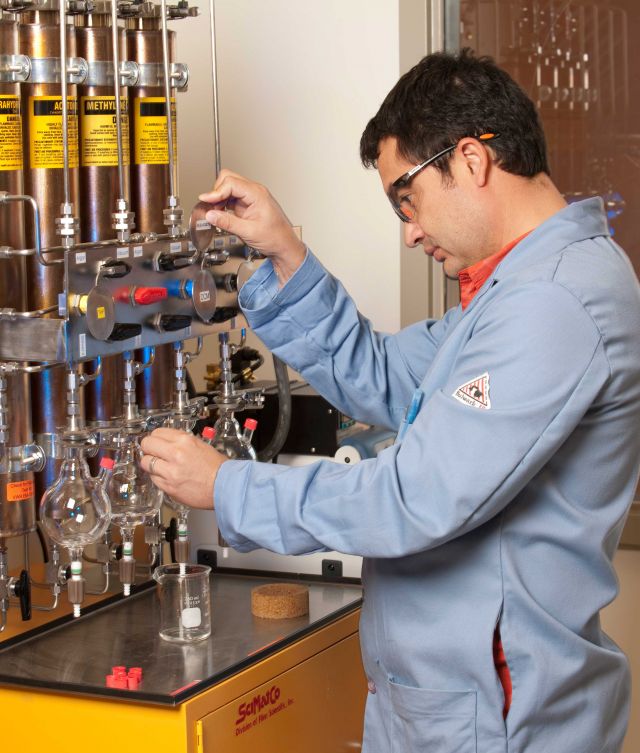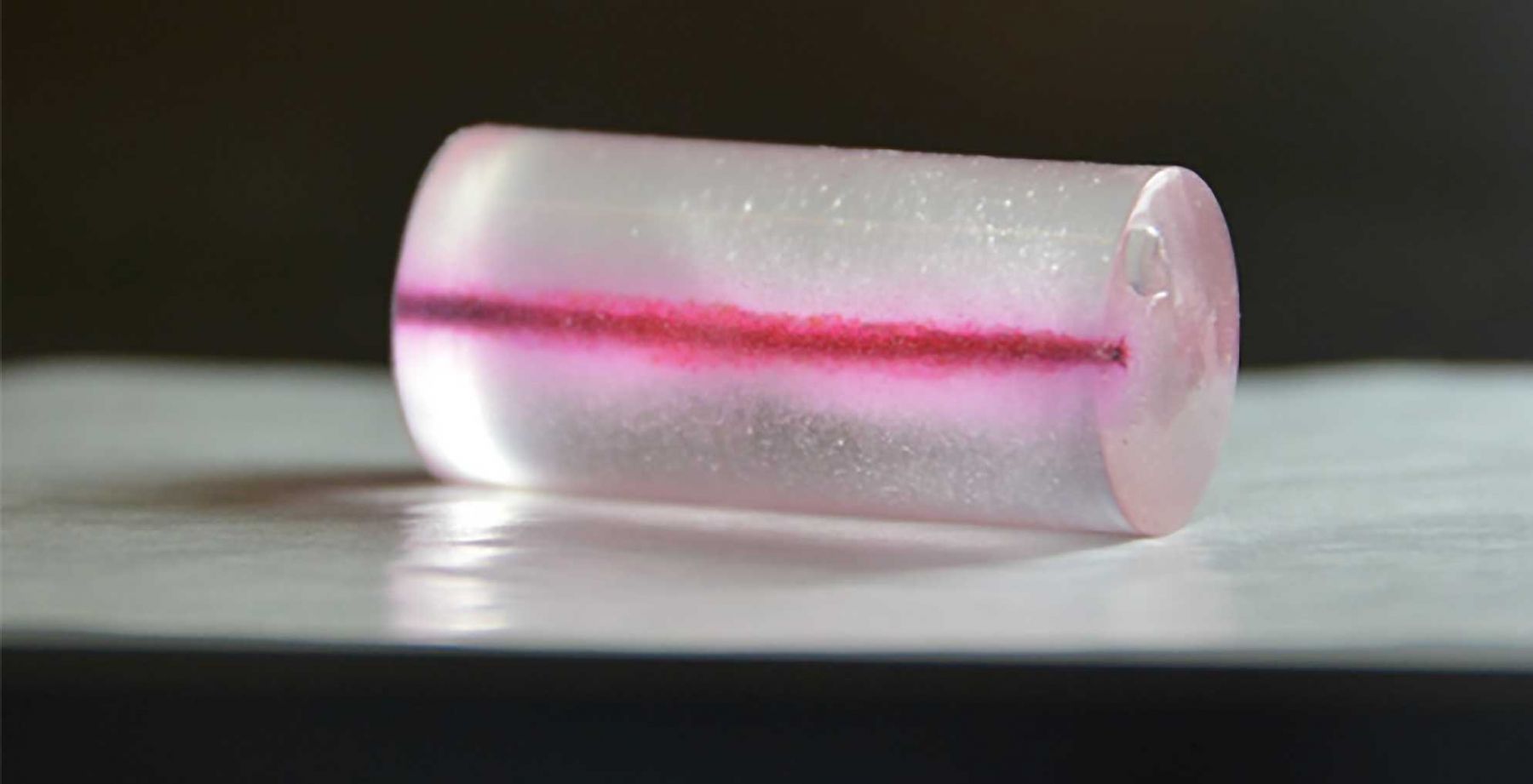
About Javier
Javier Read de Alaniz is the Director of the BioPACIFIC MIP and Associate Director of the California NanoSystems Institute (CNSI) at UC Santa Barbara. He obtained his Ph.D. in Organic Chemistry with a research focus on asymmetric catalysis from Colorado State University. After completing his University of California President’s Postdoctoral fellowship in the research area of total synthesis at UC Irvine, he joined the faculty of the Chemistry and Biochemistry Department at UC Santa Barbara in 2009. His honors and awards include the Hellman Family Faculty Fellowship, NSF Career, Amgen Young Investigator, ACS Polymer Materials Science and Engineering Awards plus UCSB Margaret T. Getman Service to Students and Plous Awards.
What Excites You About the NSF BioPACIFIC MIP?
The BioPACIFIC MIP will unite researchers from a range of disciplines and change the way we build and study materials of the future. This new NSF facility will lead to new innovations, facilitate collaborations with researchers throughout the United States and modernize the way we train next-generation scientists. Through the California NanoSystems Institute, we already have the foundation of a vibrant UCSB–UCLA collaborative. The BioPACIFIC MIP will further enhance these collaborations but importantly it will establish new multidisciplinary research directions and provide industry partnerships that would not be possible without the infrastructure enabled by the MIP.
Collaborations with Other BioPACIFIC MIP Faculty
Prior to coming to UCSB, collaboration was not the norm in my PhD or postdoctoral training. But now – due to amazing colleagues and the collaborative atmosphere at UCSB – it is a cornerstone of my research program with most of my students being co-advised. Collaborations are critical to pushing our research in diverse directions and I look forward to working with new faculty. The BioPACIFIC MIP has assembled an amazing world-class team of researchers, I cannot wait to expand our collaboration and move our research program in new directions.
Research
The ability to design and synthesize new molecules plays a central role in nearly every field of science and engineering. Research in my group focuses on the invention of new transformations and strategies in material synthesis and the develop photochromic molecules having promising material properties. Our highly interdisciplinary work can be broken down into three key research areas: (1) development and application of a stimuli-responsive materials, (2) synthesis of well-defined and functionalized polymers, and (3) new method development for carbon–nitrogen and carbon–oxygen formation. In our studies, one of the most rewarding aspects is the twists and turns that result from serendipitous discovers that occur while working on interdisciplinary research teams at the interface of chemistry and material science.
